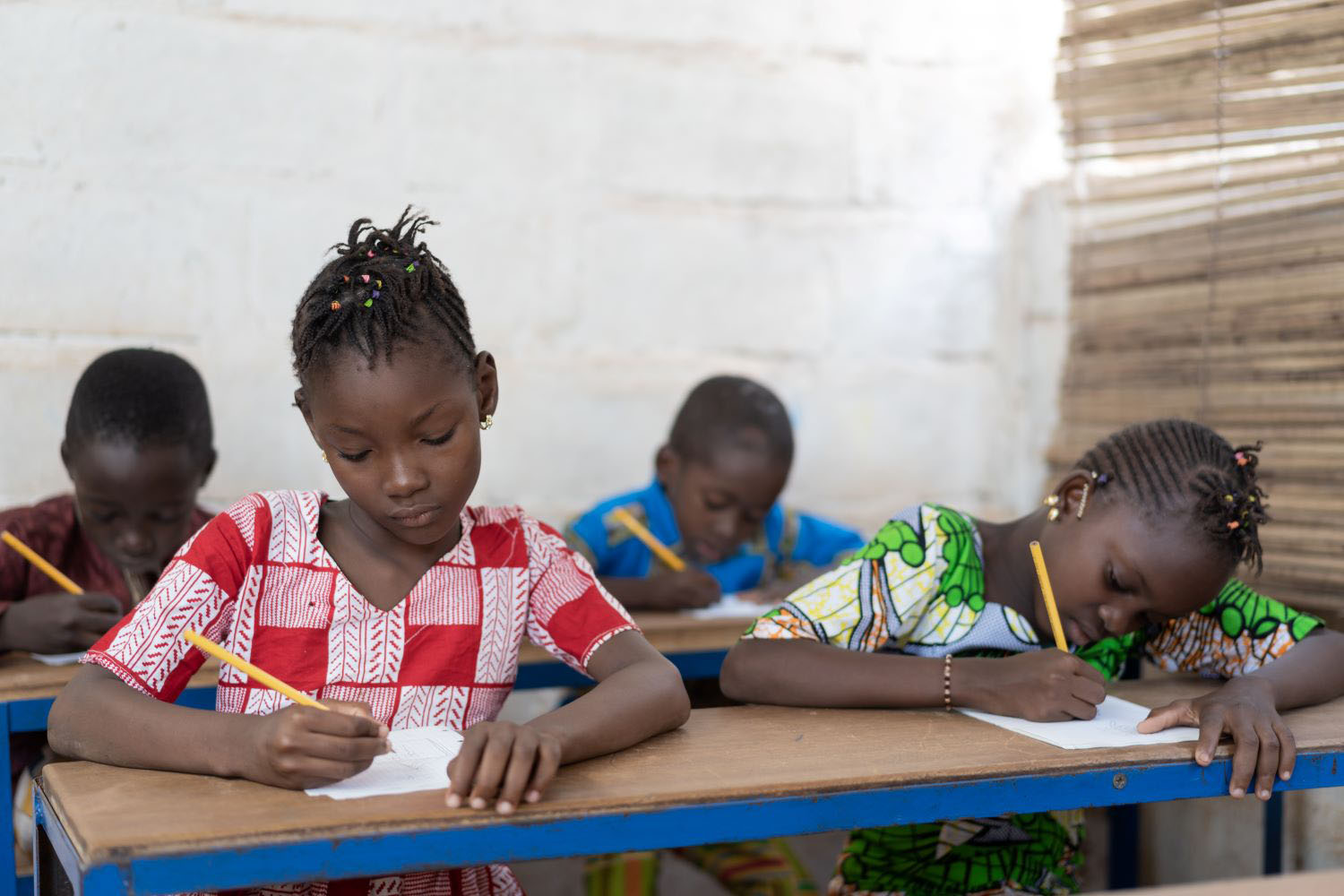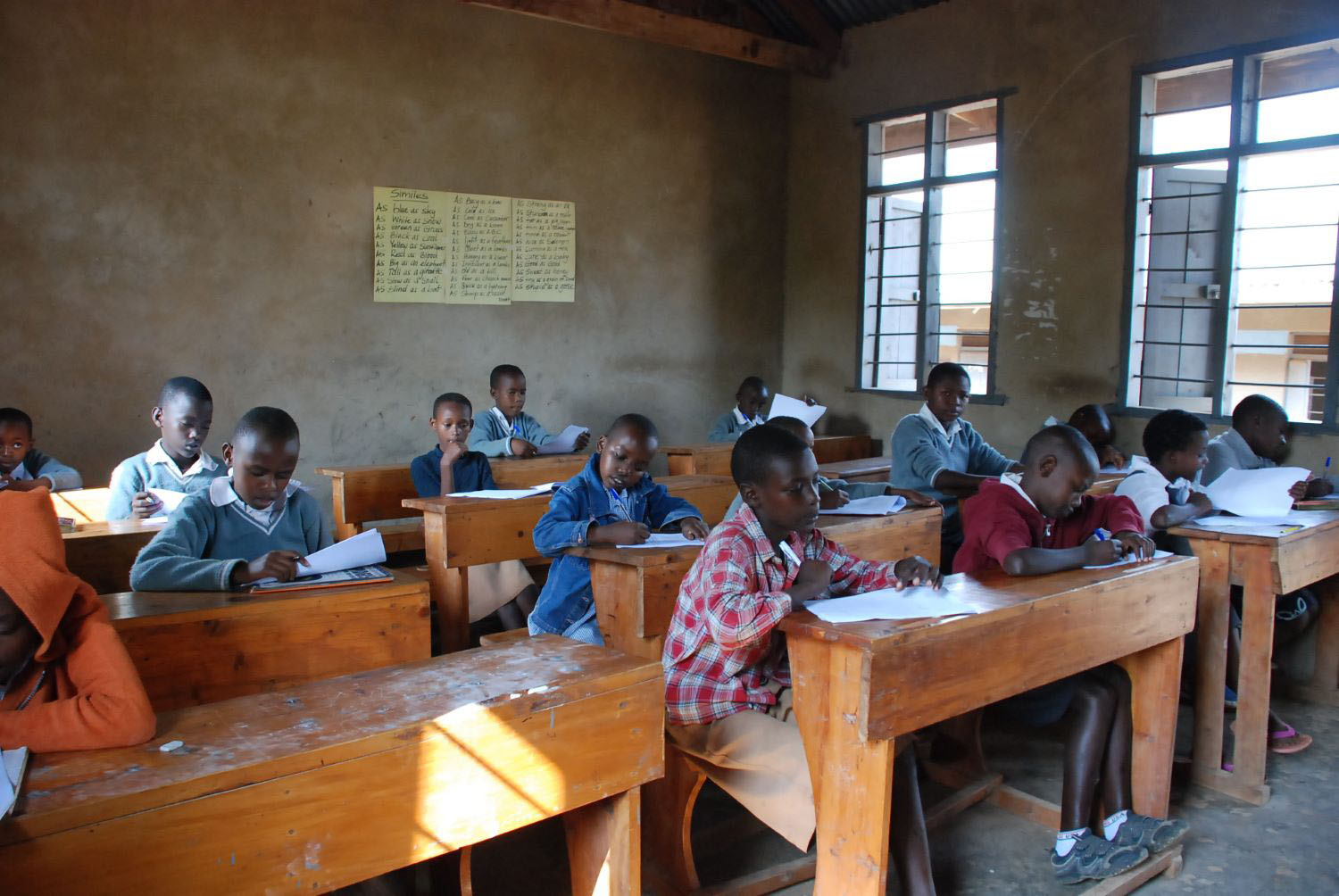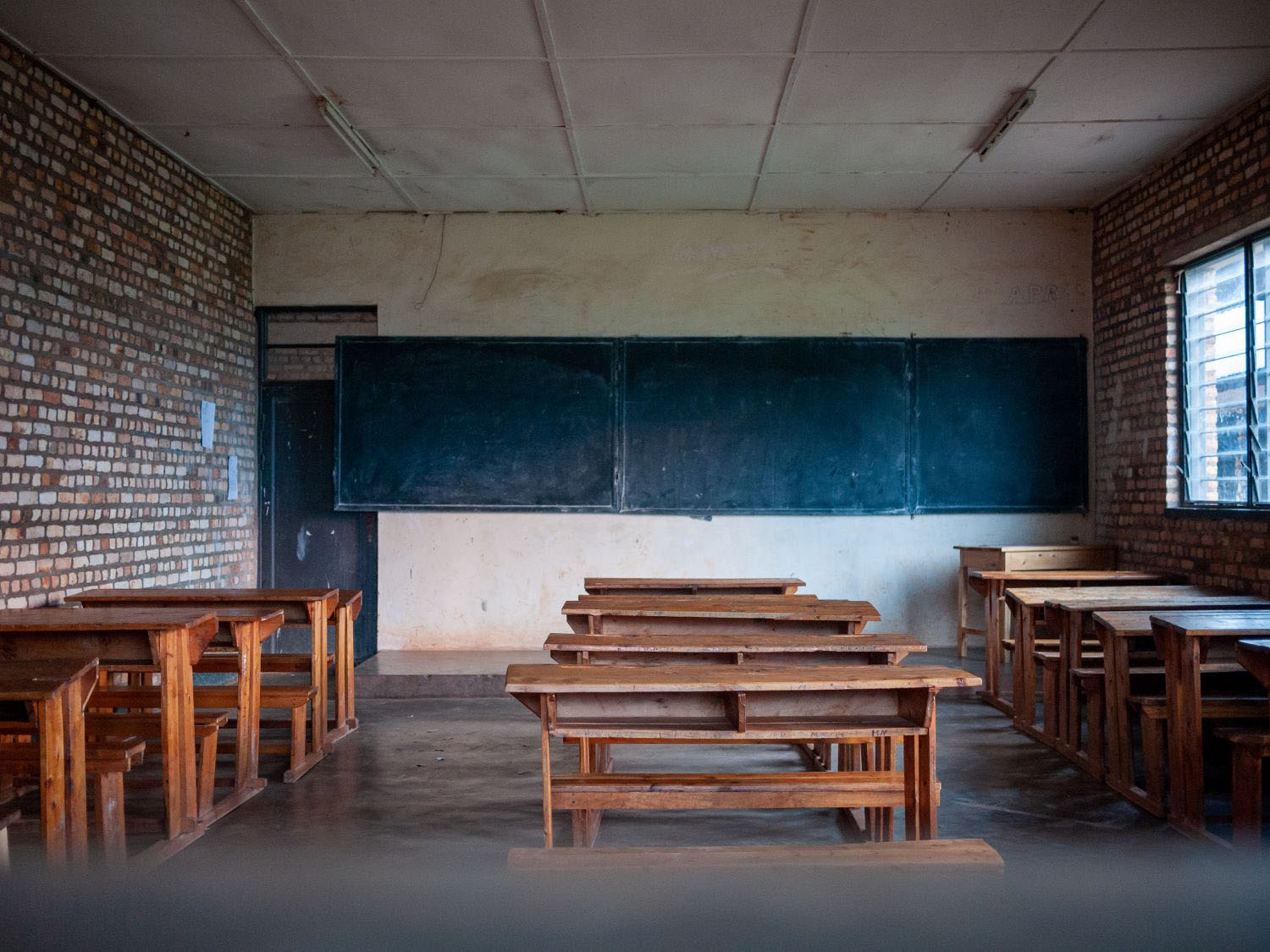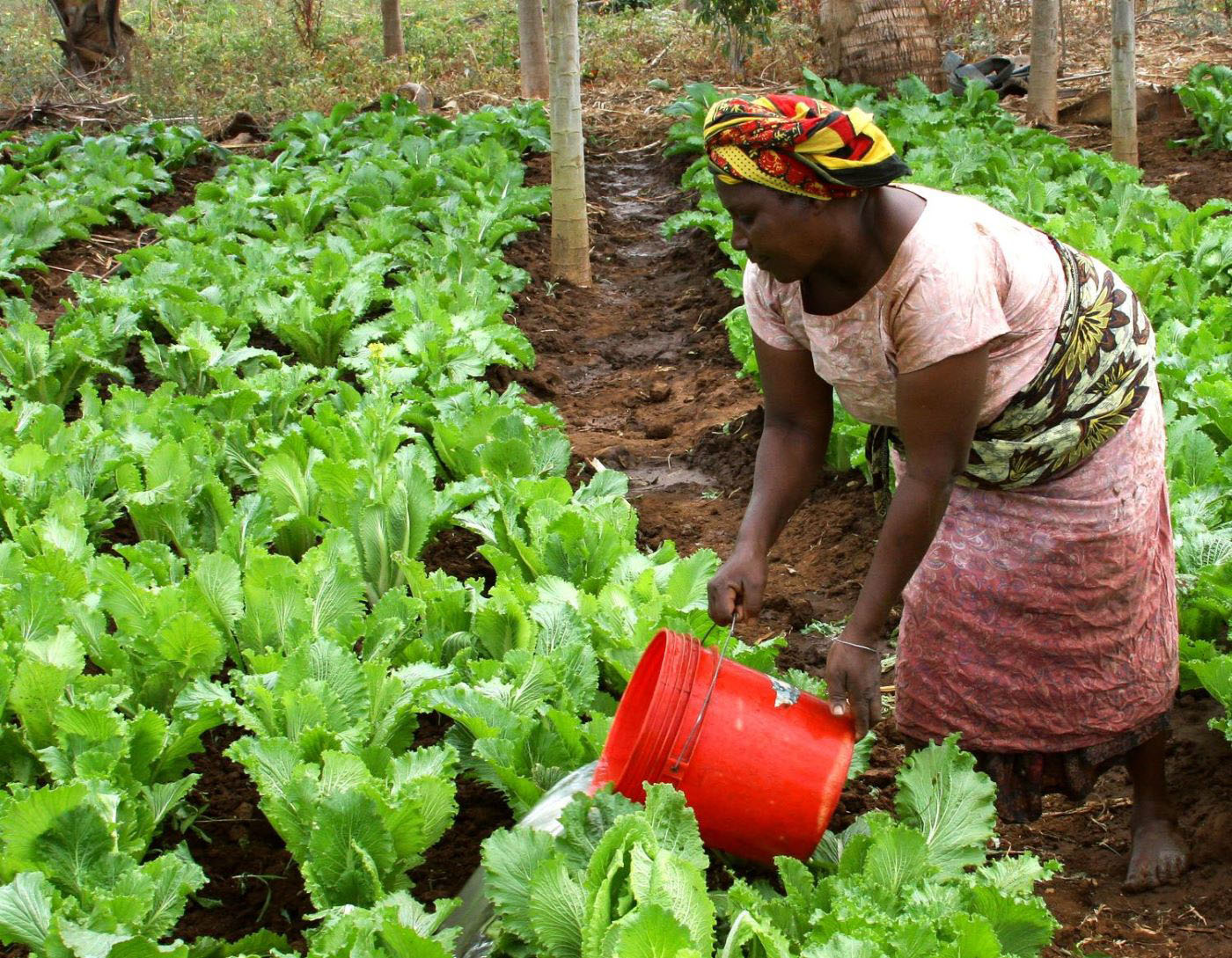This blog post originally appeared on Brookings’ Africa in Focus blog earlier this month.
In 2014, the IMF hosted its “Africa Rising” conference in Mozambique. Three years later, Mozambique defaulted on its debt. Steven Radelet’s upbeat 2010 book on Emerging Africa opened with a glowing summary of Ghana’s achievements. By 2015, Ghana was back in an IMF program due to worsening macroeconomic fundamentals.
Yet many of the world’s poorest countries in sub-Saharan Africa have shown they can reform and improve governance. The Heavily Indebted Poor Countries Initiative and Multilateral Debt Relief Initiative supported by the world’s major donors in the early 2000s took $75 billion in debt off the benefiting countries’ balance sheets—see the March 2016 World Bank-IMF update—and motivated wide-ranging macroeconomic and structural reforms that reduced poverty. Along with rapid growth in China and the commodity price boom, the result was a decade of high growth across the region.
But the momentum is fizzling out. In a new round of tough reforms, African leaders will need to do the heavy lifting. Africa is still poor, and not yet able to finance the investments critical to a new round of growth and poverty reduction. Here’s what donors could do:
-
Help jump-start a big push on regional infrastructure to knit together many small economies and create economies of scale for local producers. That requires attracting Foreign Direct Investment (FDI) since even the best-managed countries in sub-Saharan Africa (consider Rwanda, Côte d’Ivoire, or Senegal) cannot rely on market financing because maturities are too short and interest rates too high.
-
To find the money, securitize a small portion of the over $40 billion in annual aid flows that sub-Saharan Africa now receives, as outlined in a recent Project Syndicate article, to finance the public portion of public-private “blended” investments in major cross-border power and transport (the Lagos-to- Dakar highway is a good example)—with benefiting countries servicing these loans, which will be superior to market alternatives on cost and maturity.
-
Tie this new front-loaded money (which will get the attention of the private sector worldwide) to a higher bar for reforms as set out in a recent article by Luisa Teixeira Felino and Brian Pinto, thus creating a bridge to African self-reliance.
Africa needs a new round of success stories. Success requires a big push not just on infrastructure but also on sustained policy and institutional reform. African leaders must take the lead. Donors can help.
CGD blog posts reflect the views of the authors, drawing on prior research and experience in their areas of expertise.
CGD is a nonpartisan, independent organization and does not take institutional positions.





